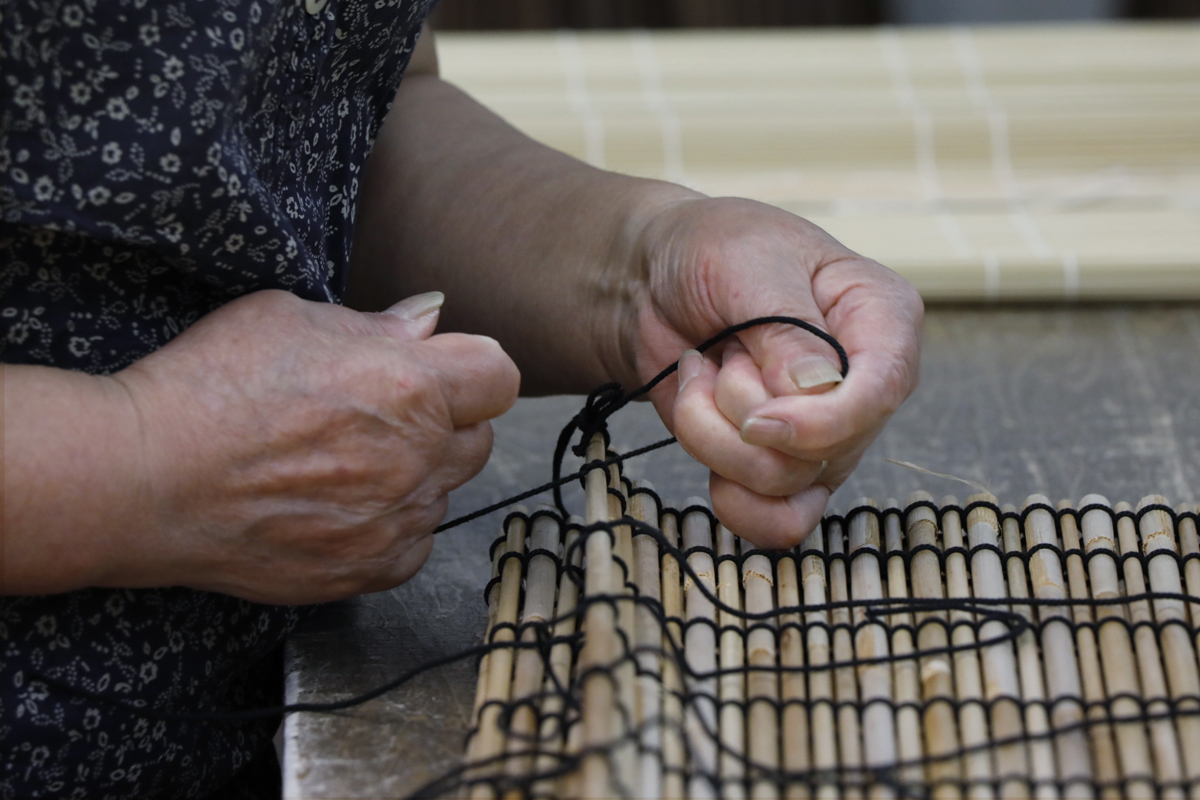
Sudare Sunshade
Create Stylish Sunshade to Embrace Gentle Sunlight
- Making original Gradation Sudare Screen for the windows of your house
-
Kawasaki, the master of Kyo-sudare Kawasaki, is a dedicated Sudare craftsperson who was apprenticed to a long-established Susdare shop in Higashiyama, Kyoto. The craftspeople who make the blinds with Kawasaki also learn from him and make first-class Sudare. Kyo Sudare Kawasaki's products, which are made with technique and passion in each material and each weave, have been featured in many domestic magazines and media and have many fans. In addition to making products, Kawasaki also focuses on creating original works of art using Sudare making techniques. In this experience, you will be able to make your very own Sudare with direct guidance from the craftspeople at Kyo-Sudare Kawasaki. The Sudare used in Japanese homes are generally light brown in color. However, Kyo-Sudare Kawasaki has the technique to dye the reed used for the bamboo blinds in various colours, allowing you to add your own design to the blinds. During the experience, you can combine your favourite colors to create a unique sudare.
- Dividing space and supporting daily life, (Sudare (bamboo blinds) for sheltering from the heat, Misu (a kind of Sudare) for creating a sacred space, modern style Sudare for adding color to space).
-
Sudare have existed since ancient times and are still a familiar part of Japanese daily life. Two types of material are used depending on the purpose.
Misu is made from bamboo and is made using bamboo strips, so they have a finer finish than ordinary Sudare. In ancient Japan, Misu was an interior decoration separating people from gods and nobles from the common people. In addition, since ancient times, it has been customs for noble women in Japan not to allow anyone outside the family to see their faces, and when meeting with someone outside the family or someone of low status, they would hide their faces by separating them with Misu. Even today, more than 1,000 years later, Misu is still used in temples and shrines.
On the other hand, Sudare made of Yoshi (reed) were used by ordinary people to shelter them from the sun in summer, to prevent insects from entering the house and to prevent the inside of the house being seen from the outside. By hanging Sudare, the temperature in a room would drop by about 3-4 ℃. Even today, many households use Sudares, especially in Kyoto, where summer is very hot and humid. If you walk through the streets of Kyoto, you are likely to see Sudares hanging from the windows of every house. Sudare is a summer tradition in Kyoto. To learn about the various meanings of Sudare is to touch deep into the heart of the Japanese people.
- The sudare craftspeople carrying on the machines and the techniques of closed-down Sudare shops all over Japan
-
Kyo-Sudare Kawasaki is one of the few workshops in Japan with weavers who weave Sudare by hand. They weave natural materials such as reed, bamboo and makomo (straw mats) from both domestic and overseas sources with threads and produces a wide range of handicrafts such as Sudare, Misu, lighting and so on.
"Kyo-Sudare Kawasaki workshop is located near to Kameoka Station, a 25-minute train ride from Kyoto Station. The workshop is a log house which has an exhibition hall as well, and when you enter the exhibition hall, you will find a wide range of traditional Sudare and Misu, as well as other bamboo blinds imaginatively made by craftspeople.
When you step into the workshop area, you will see a row of machines used to weave Sudare. The longest-lived of the sudare weaving machines is about 50 years old and is still used with great care. Since the machines used to make traditional Sudare are few and valuable, when other Sudare makers go out of business, the machines are sometimes given to this workshop. And there are no specialists who can repair the machines when they break down, so the crafspeople repair them on their own and carefully pass them on to the next generation to use, together with the wishes of the previous owner."
- They say
-
“Make things that have been handed down from ancient times, have the power to create new things and cultivate the spirit to create them."
We would like to carry on the craftspersonship that has been developed in Kyoto since ancient times to the next generation. We will always take these words to heart as we take up the challenge.”
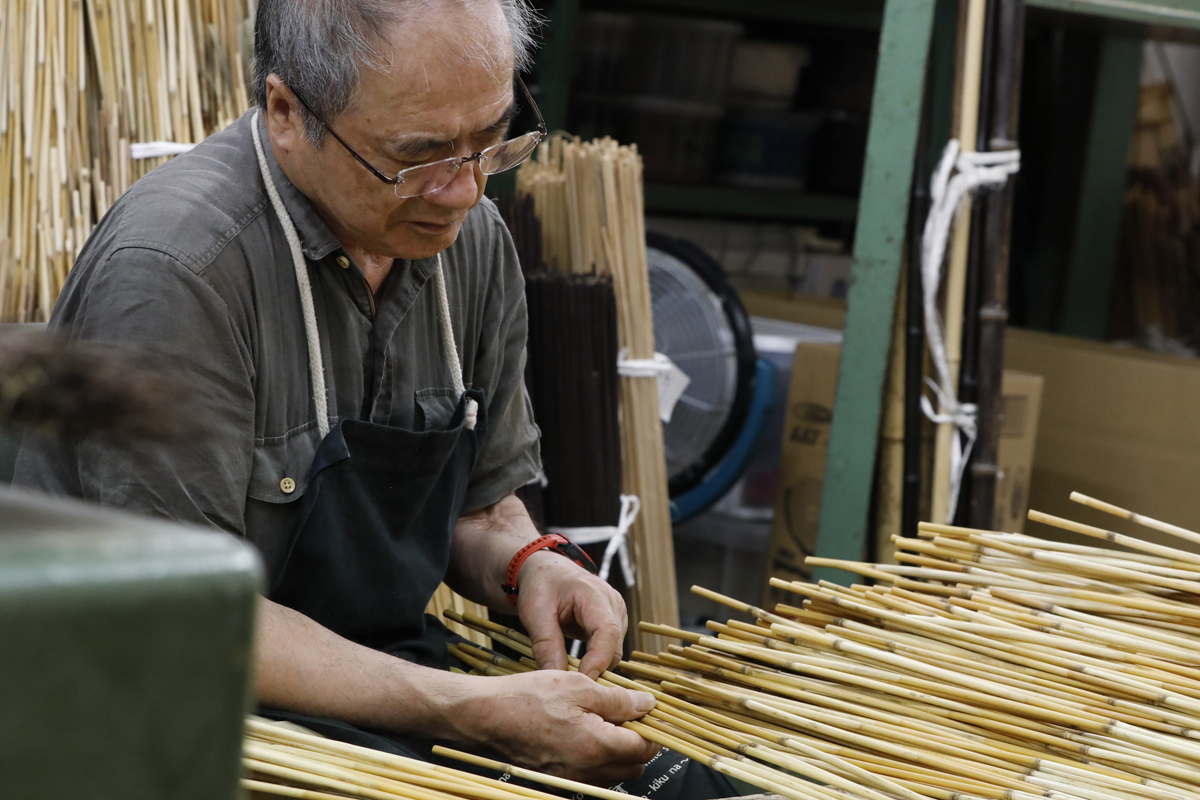

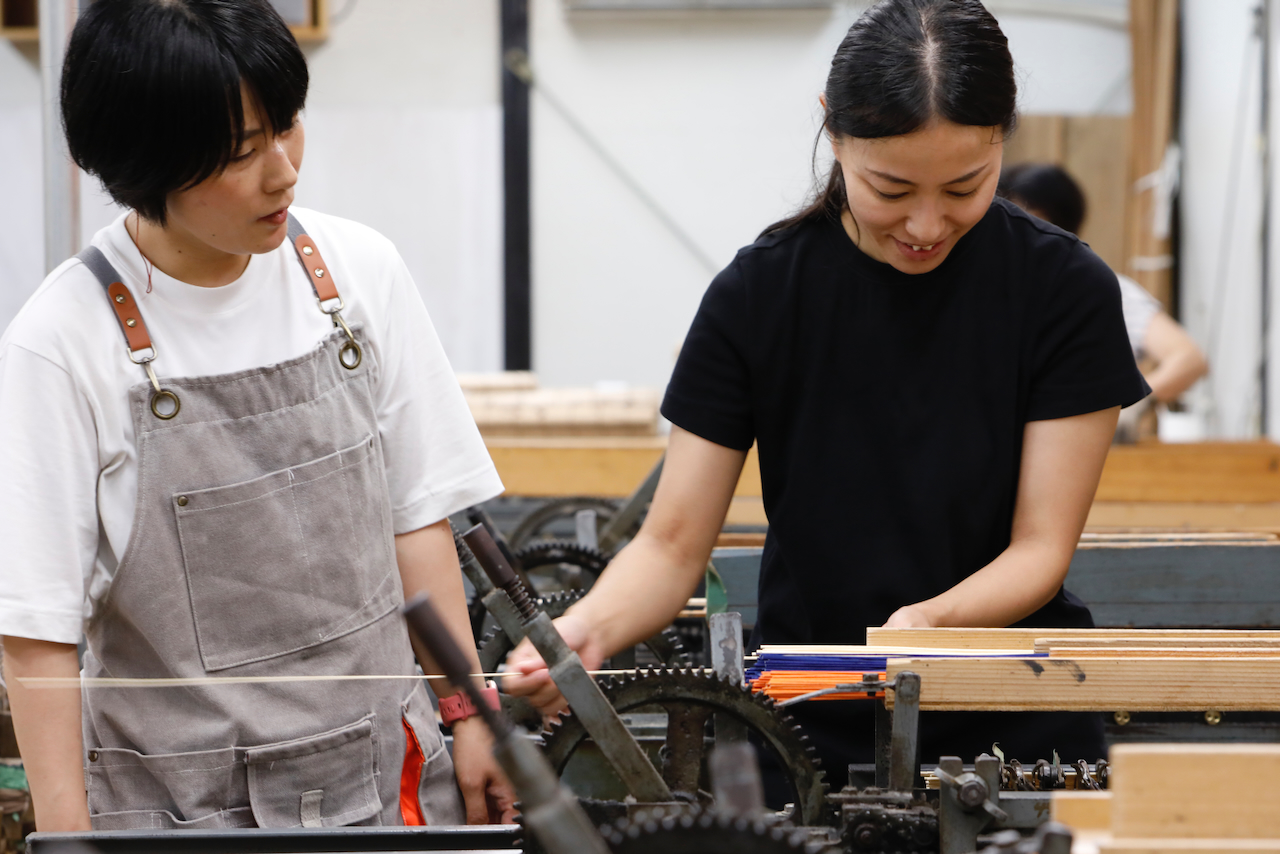
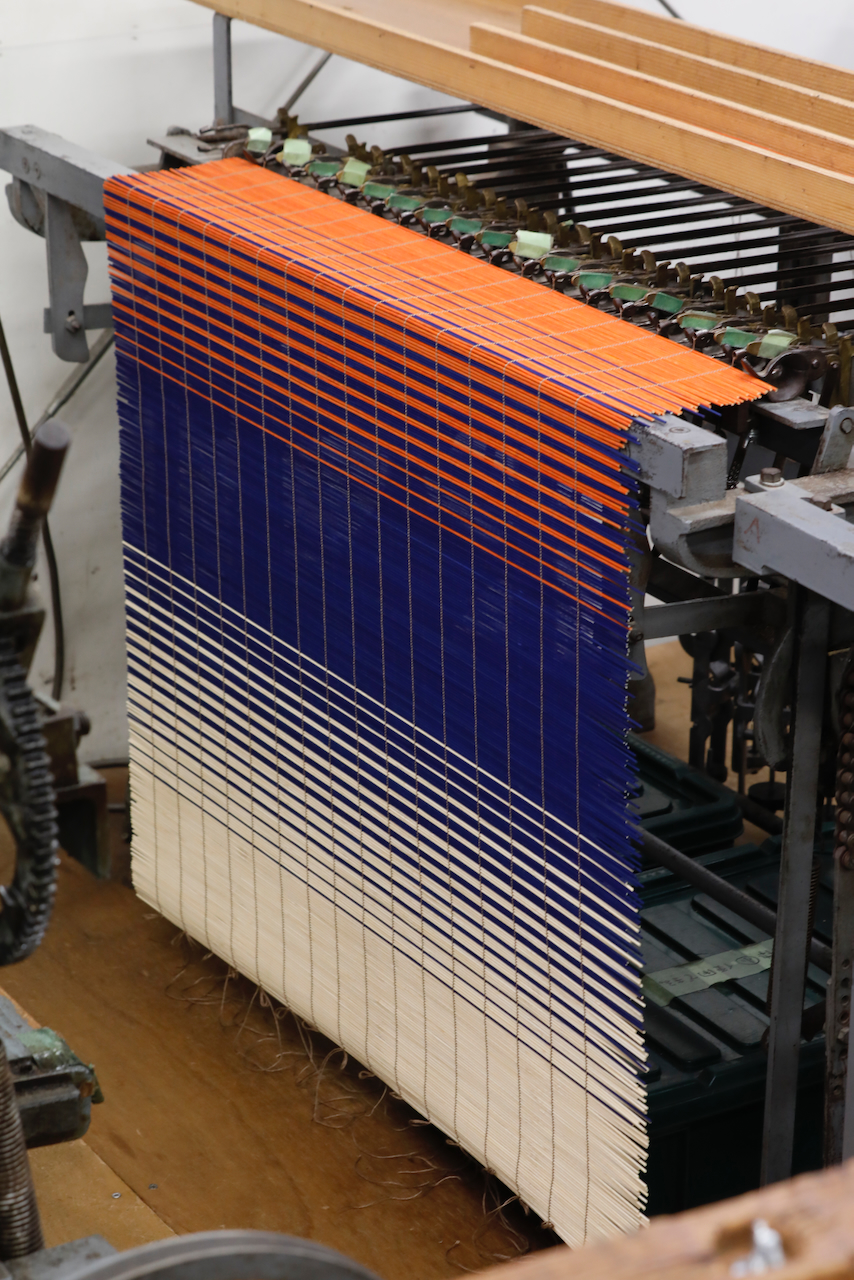
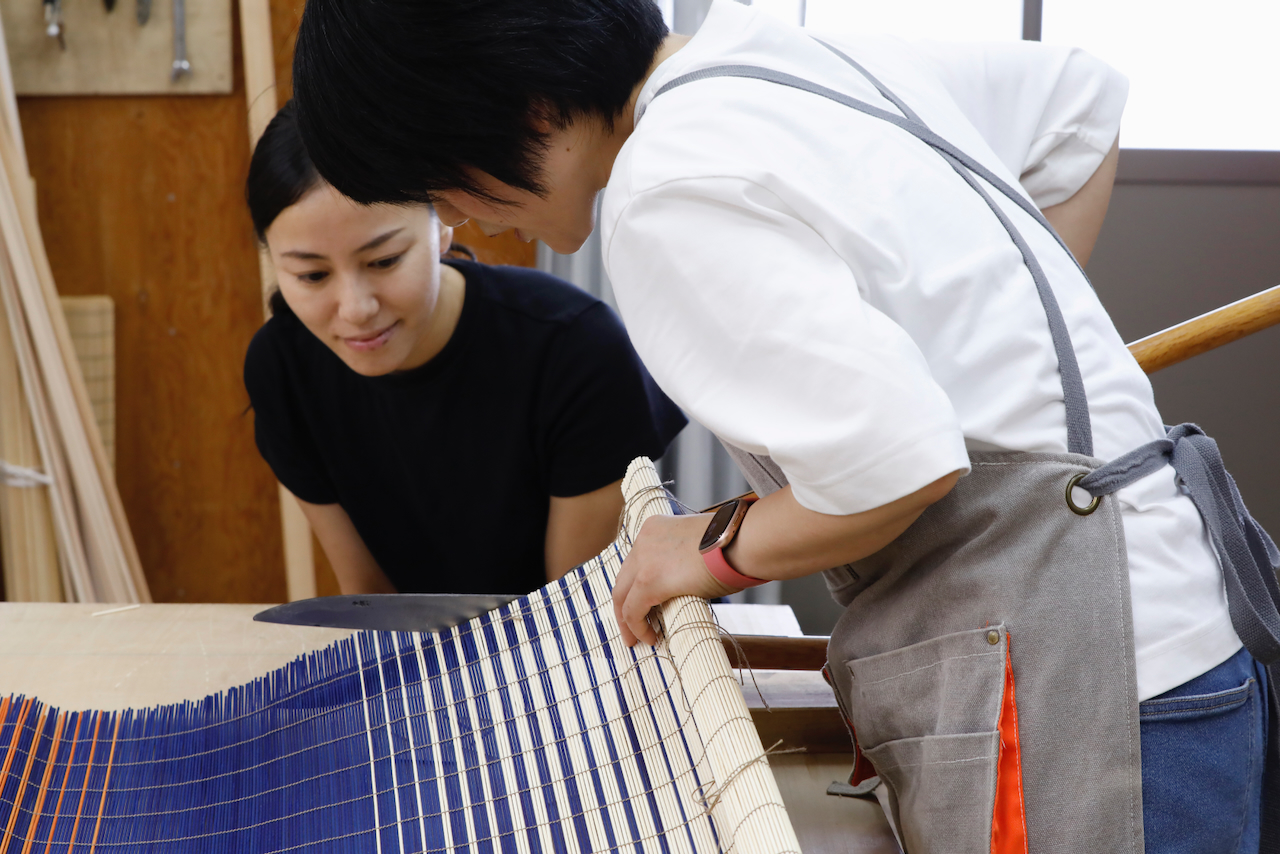
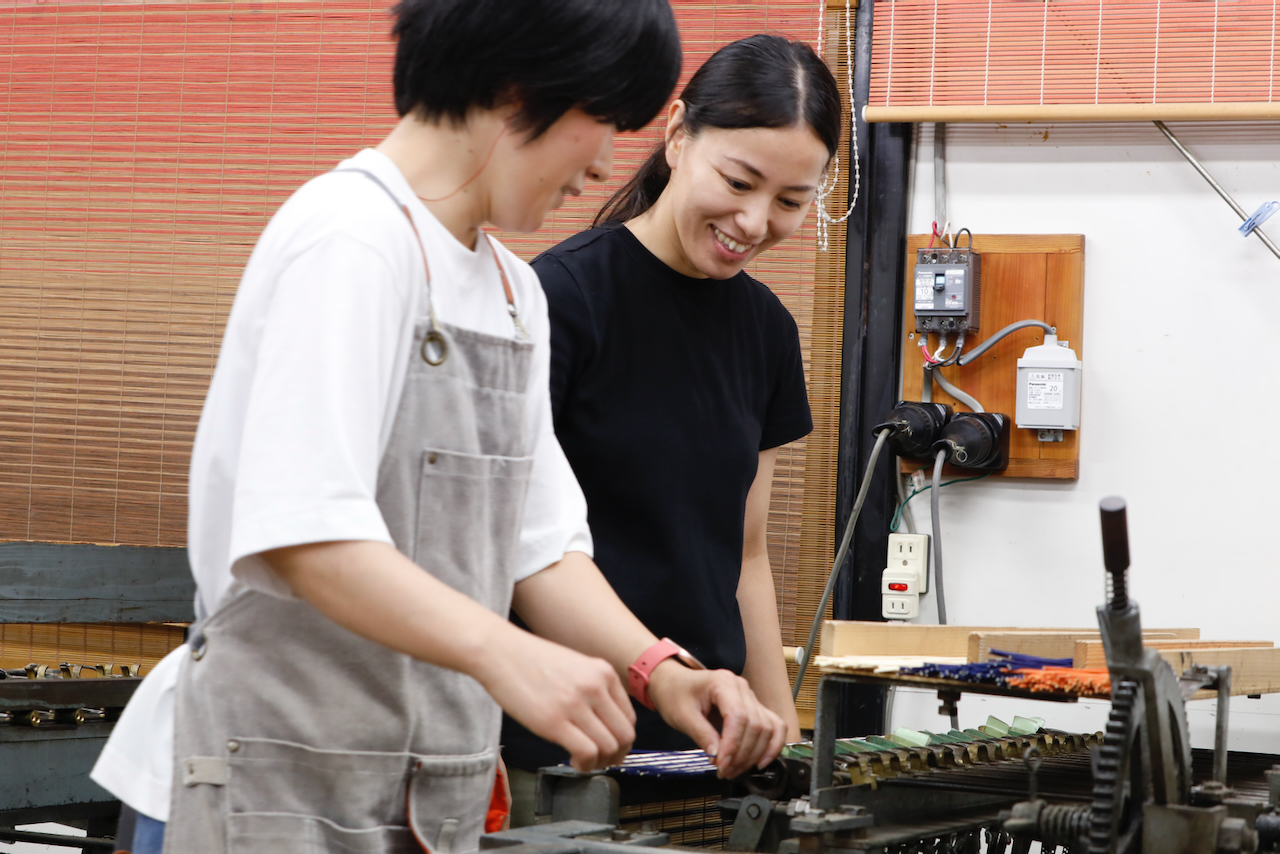

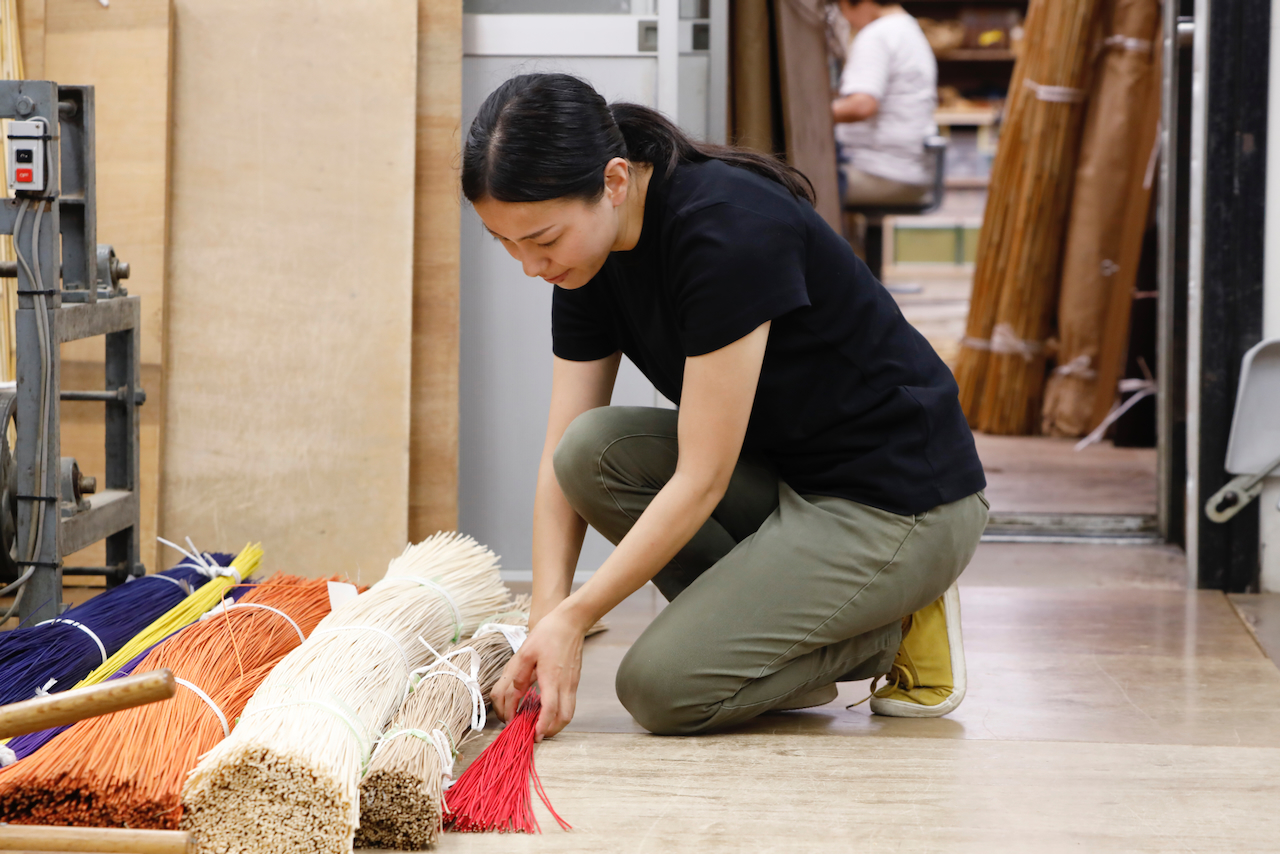
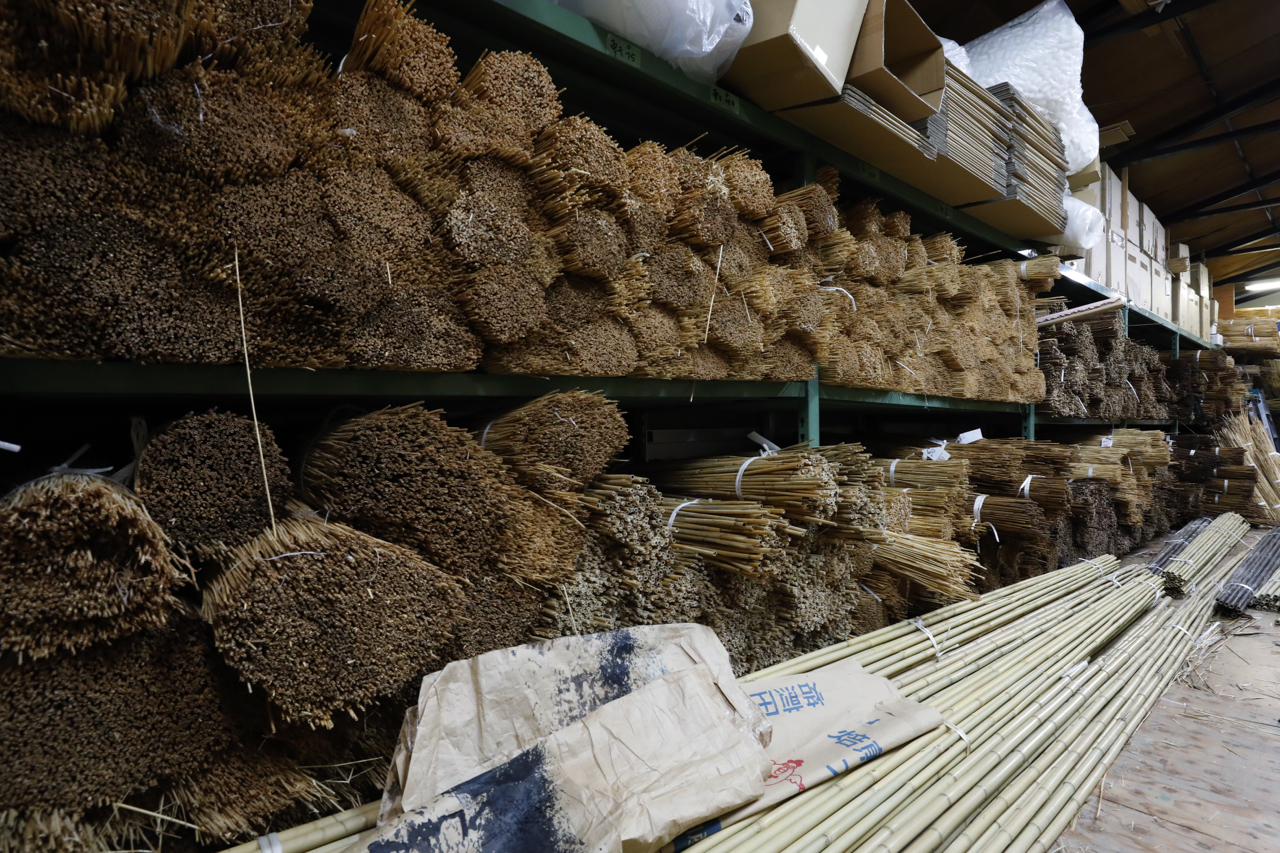
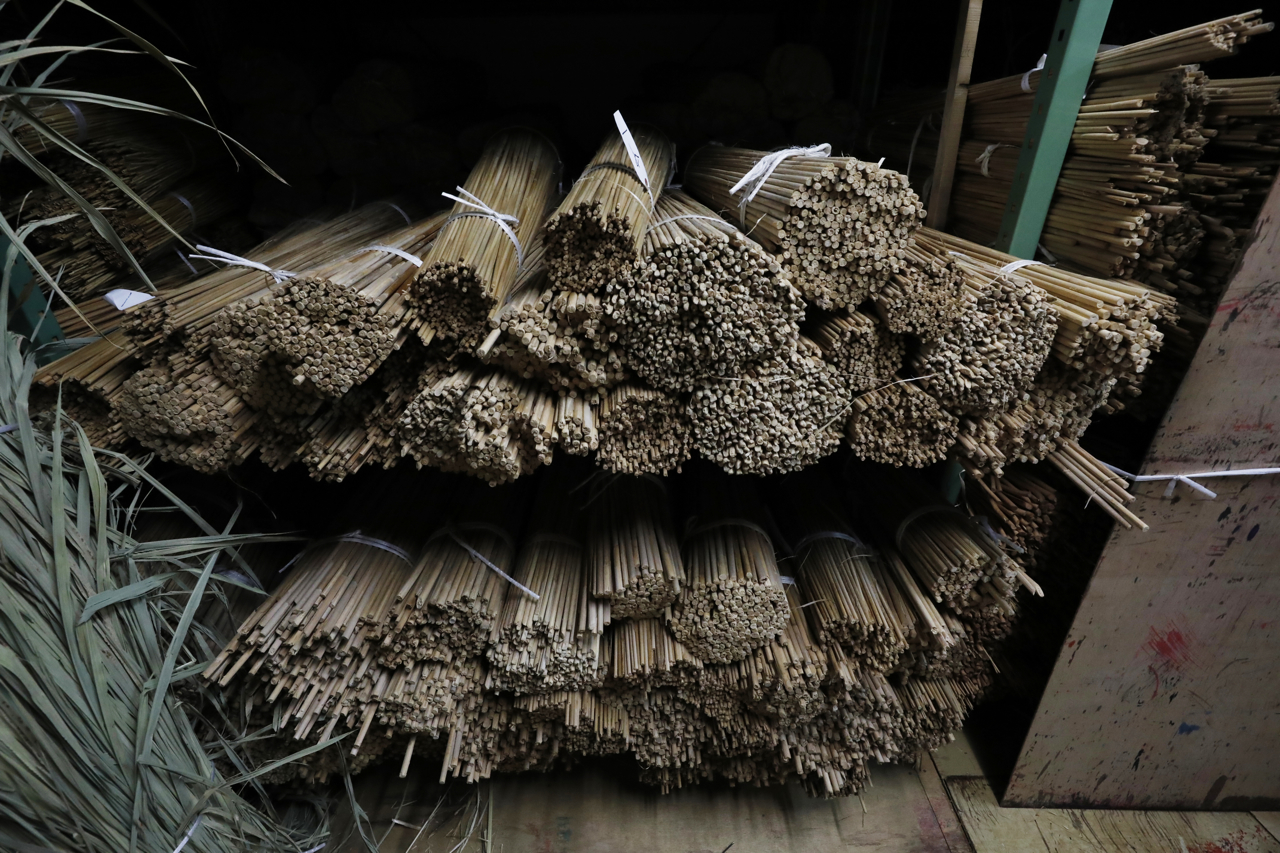
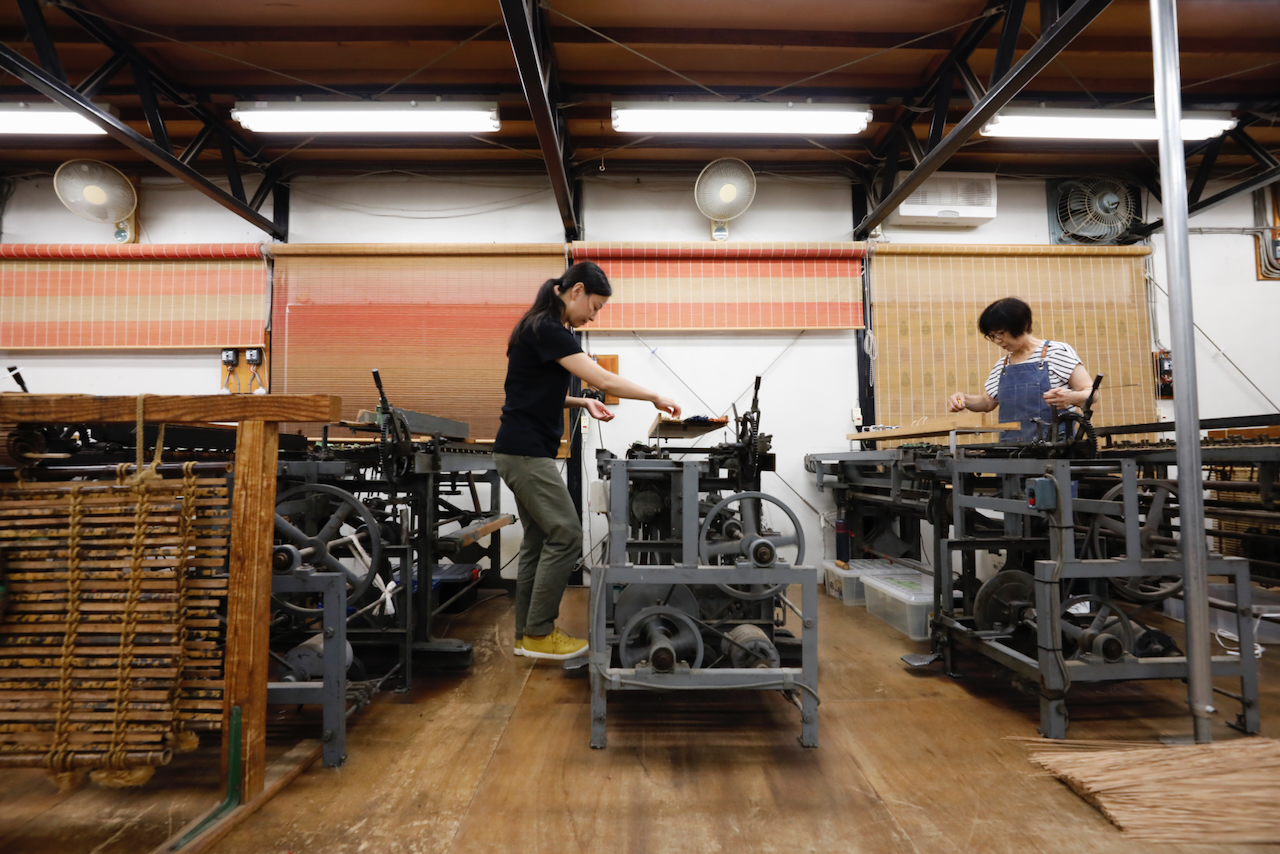

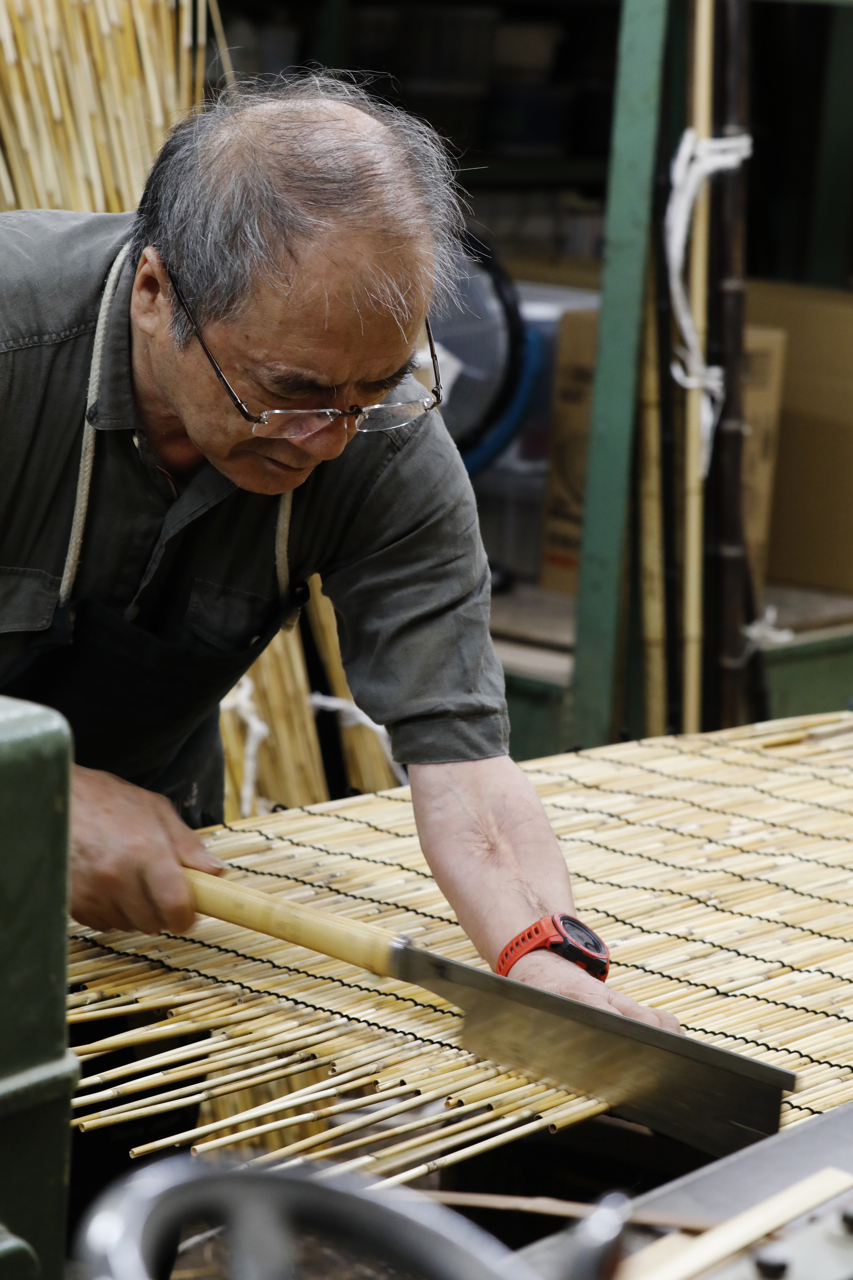
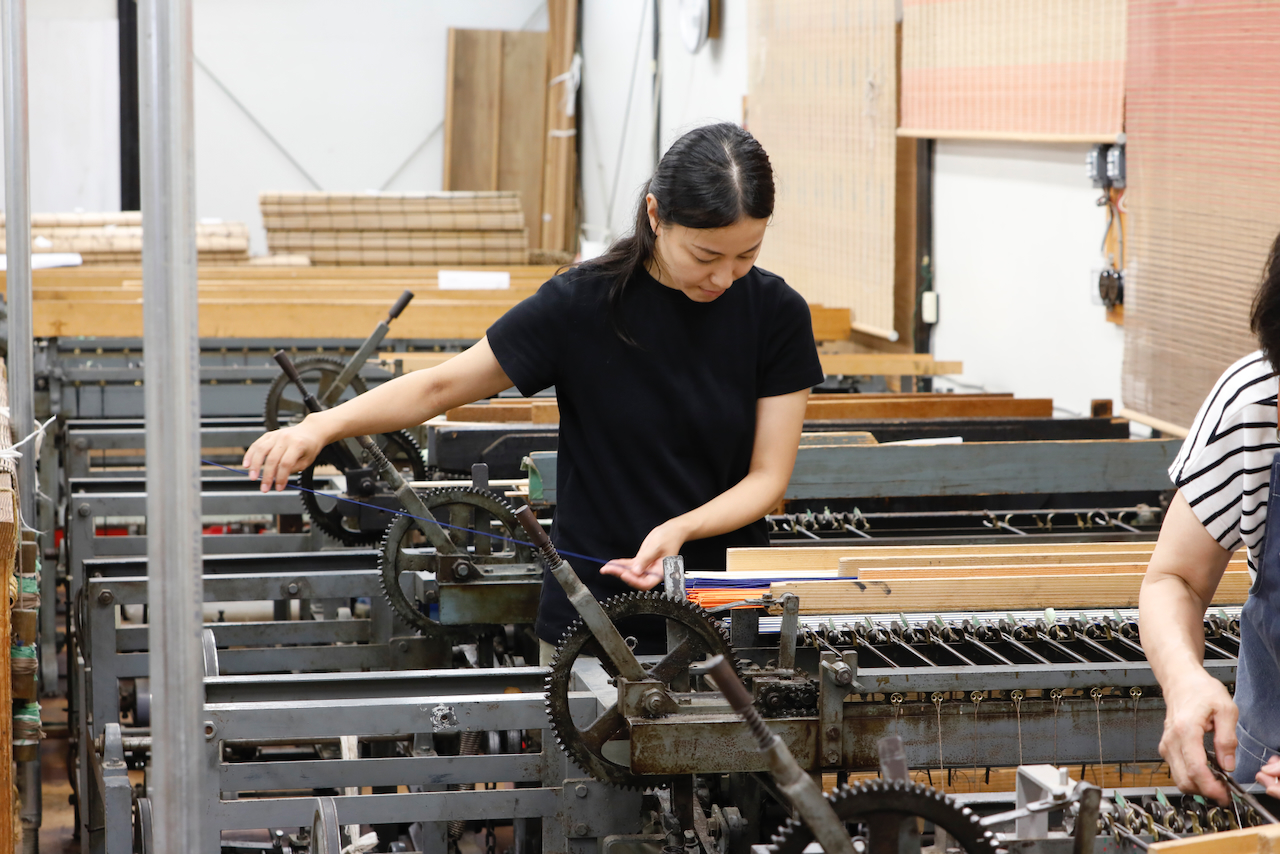
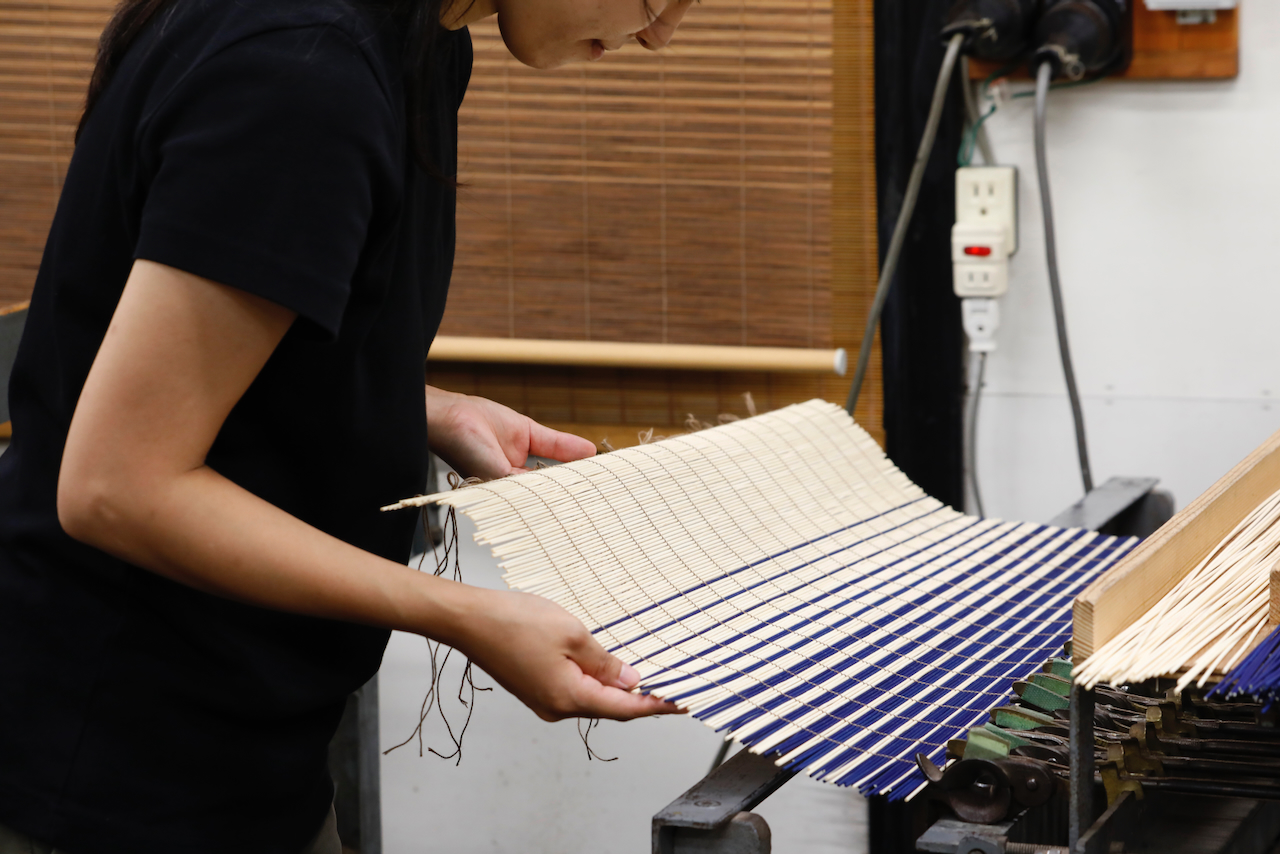
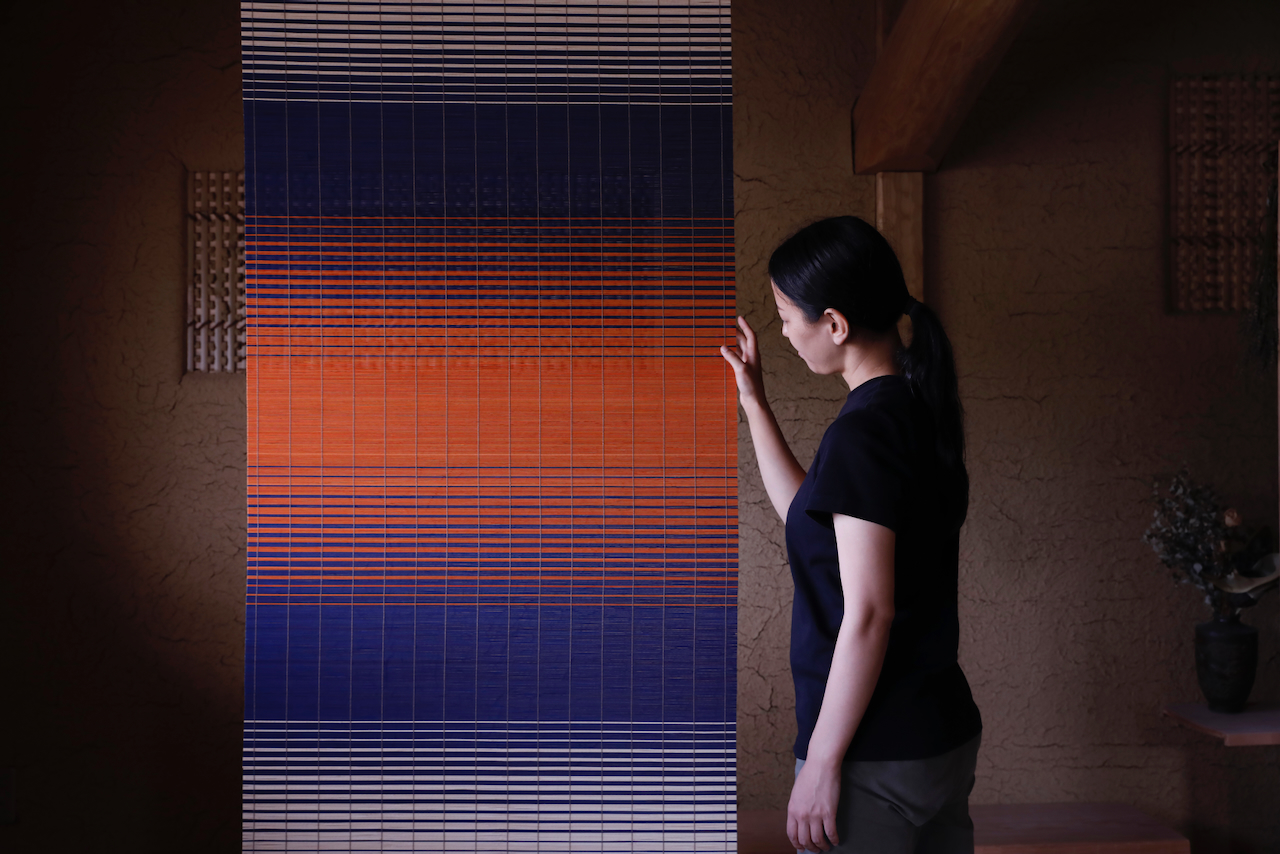
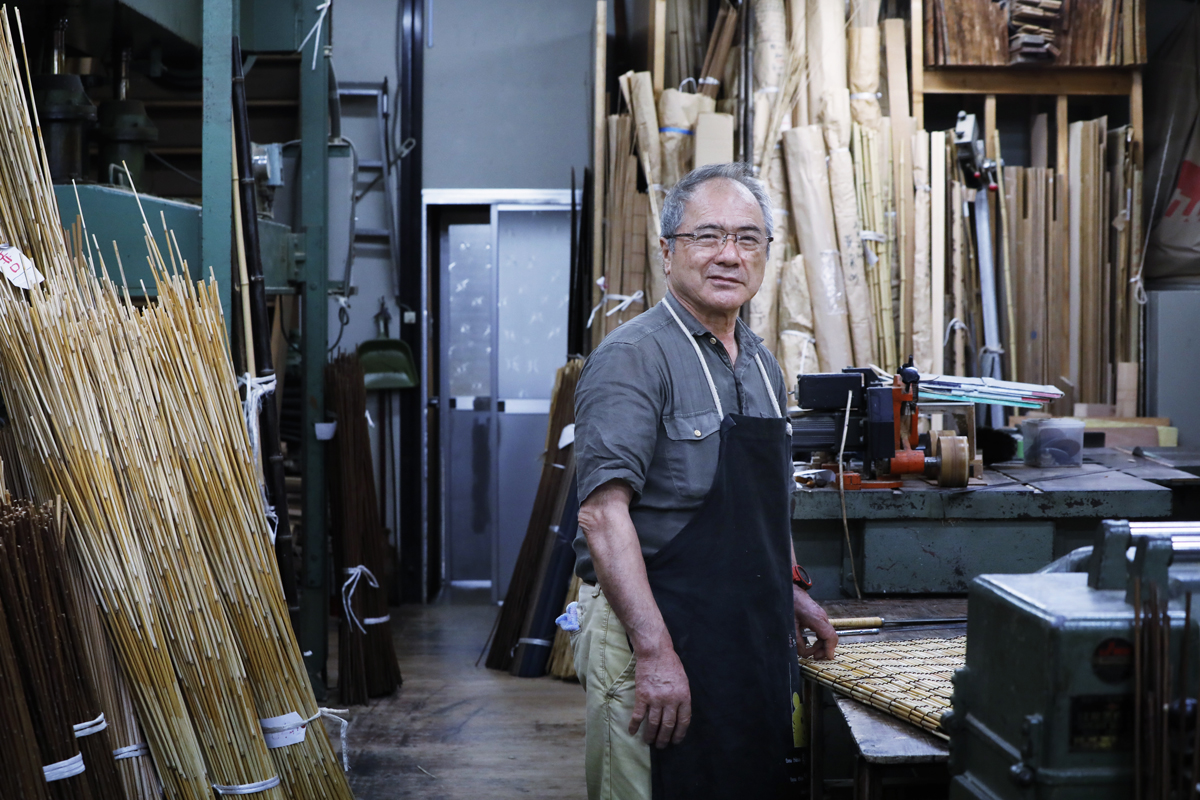
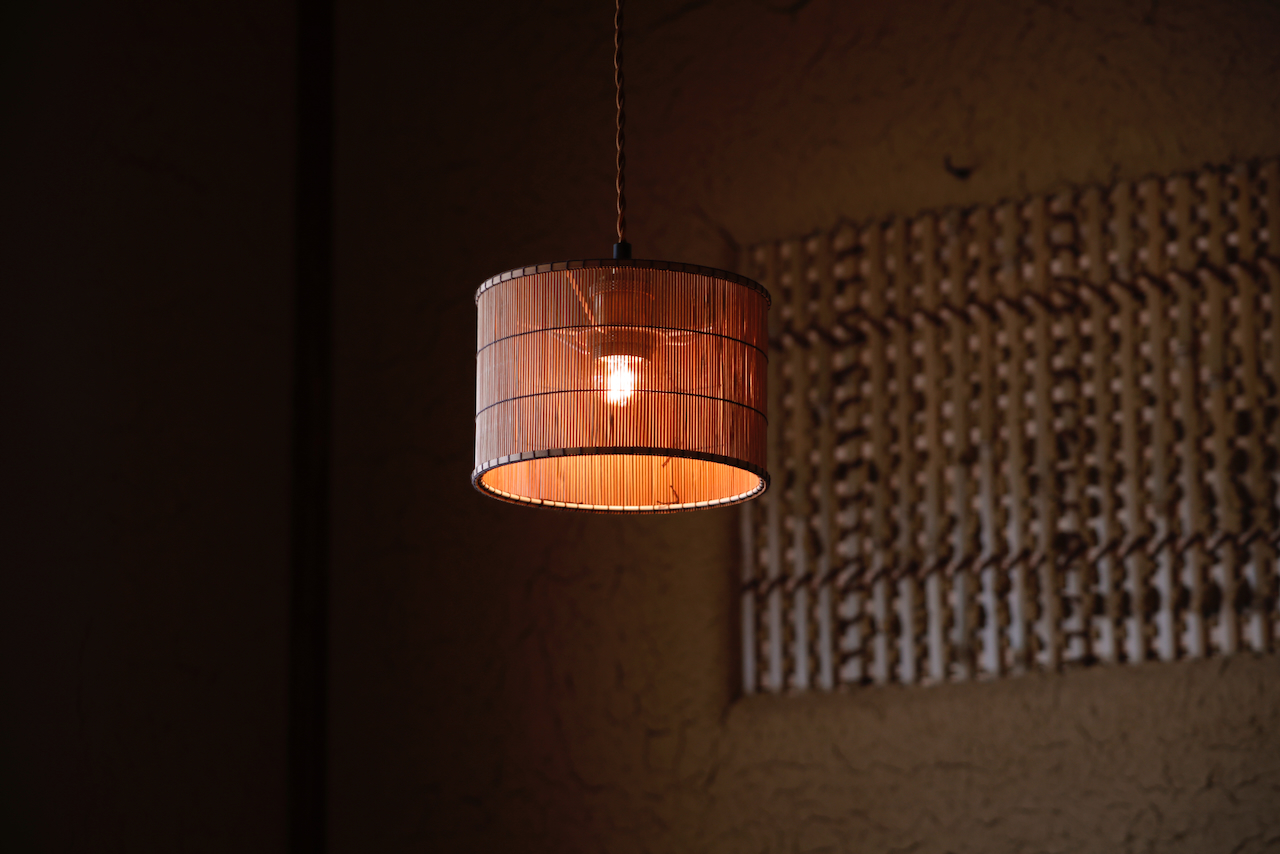
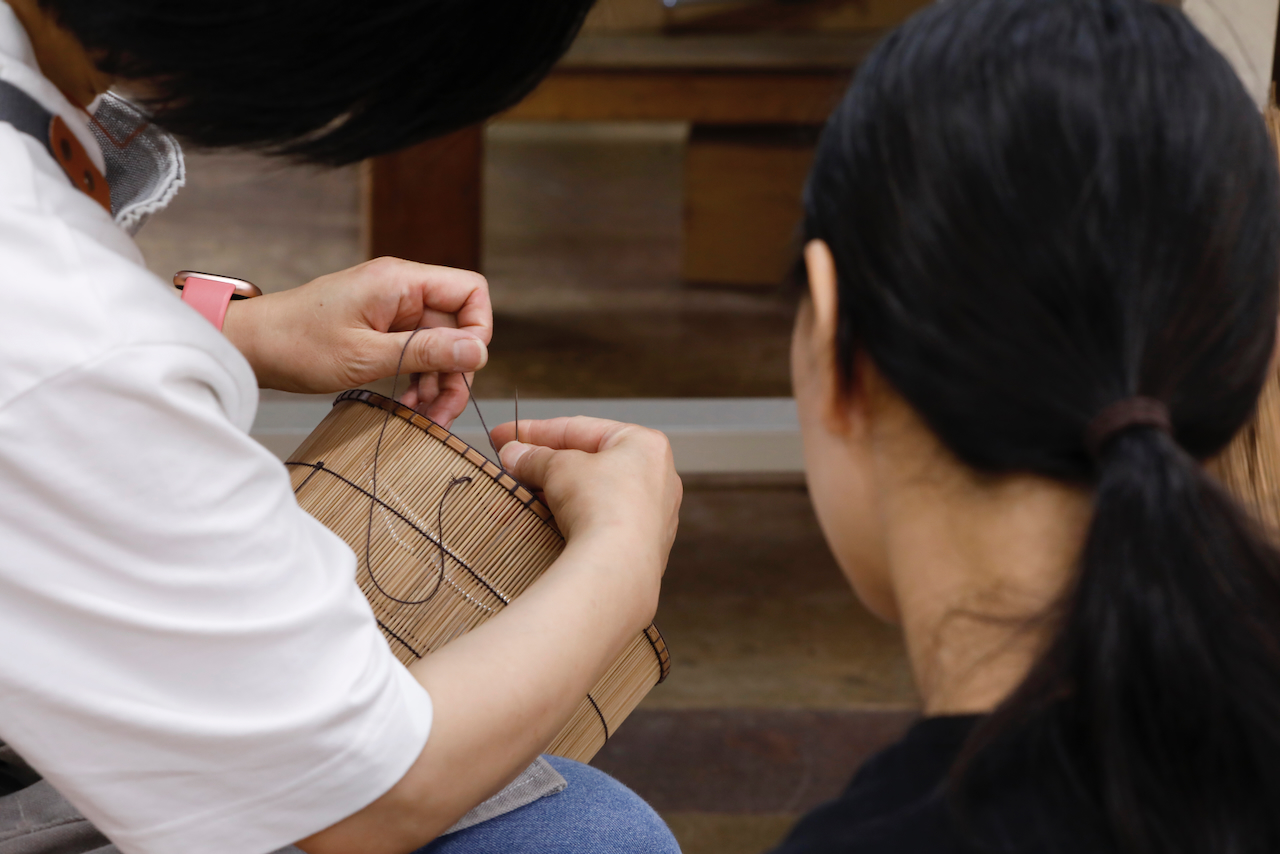
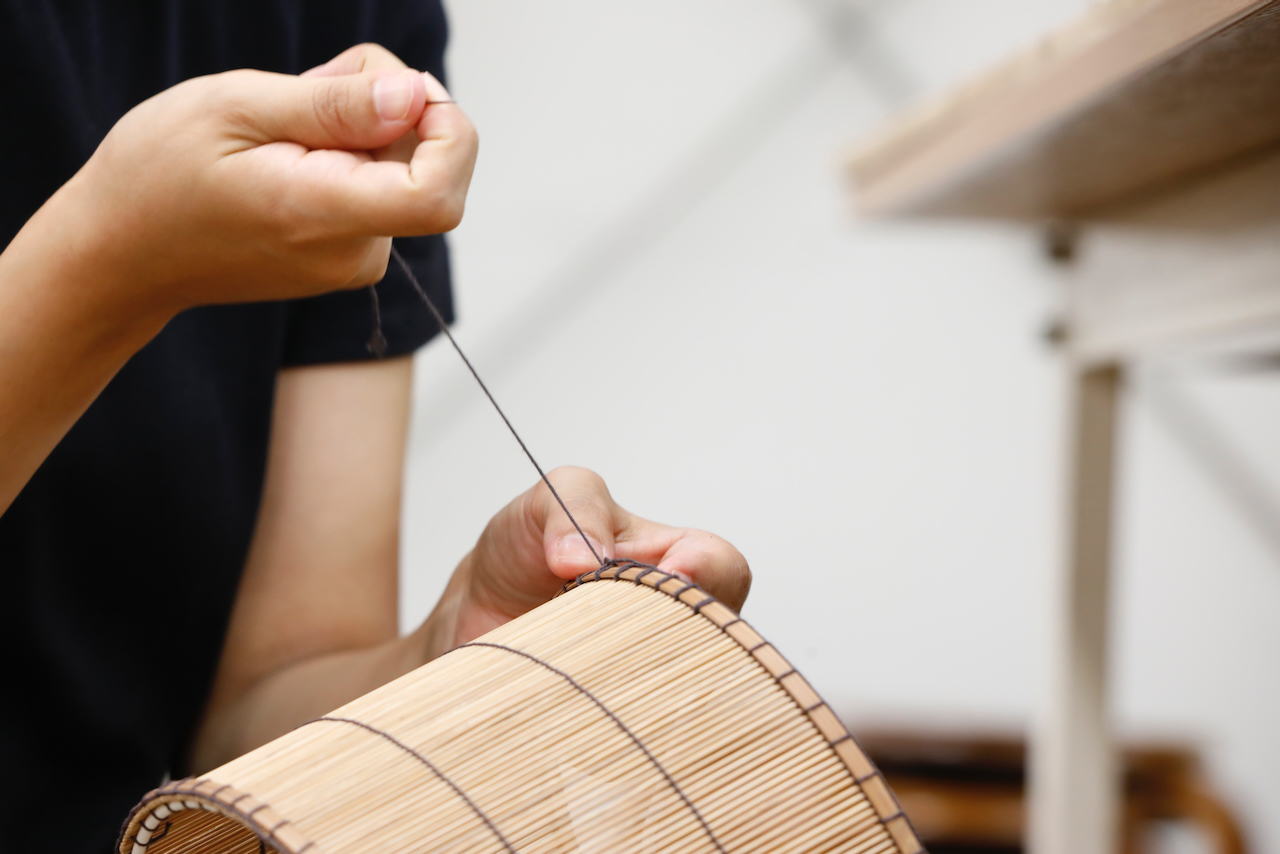
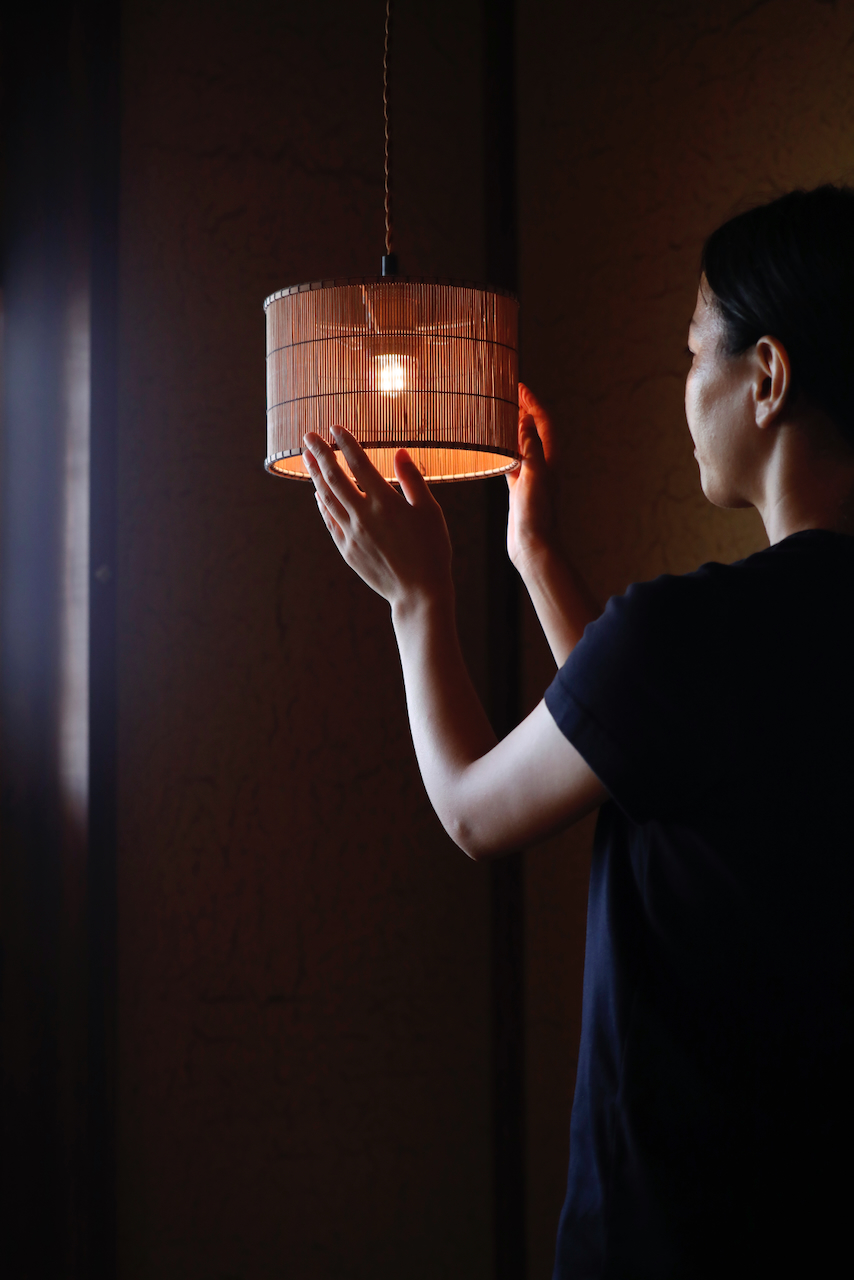
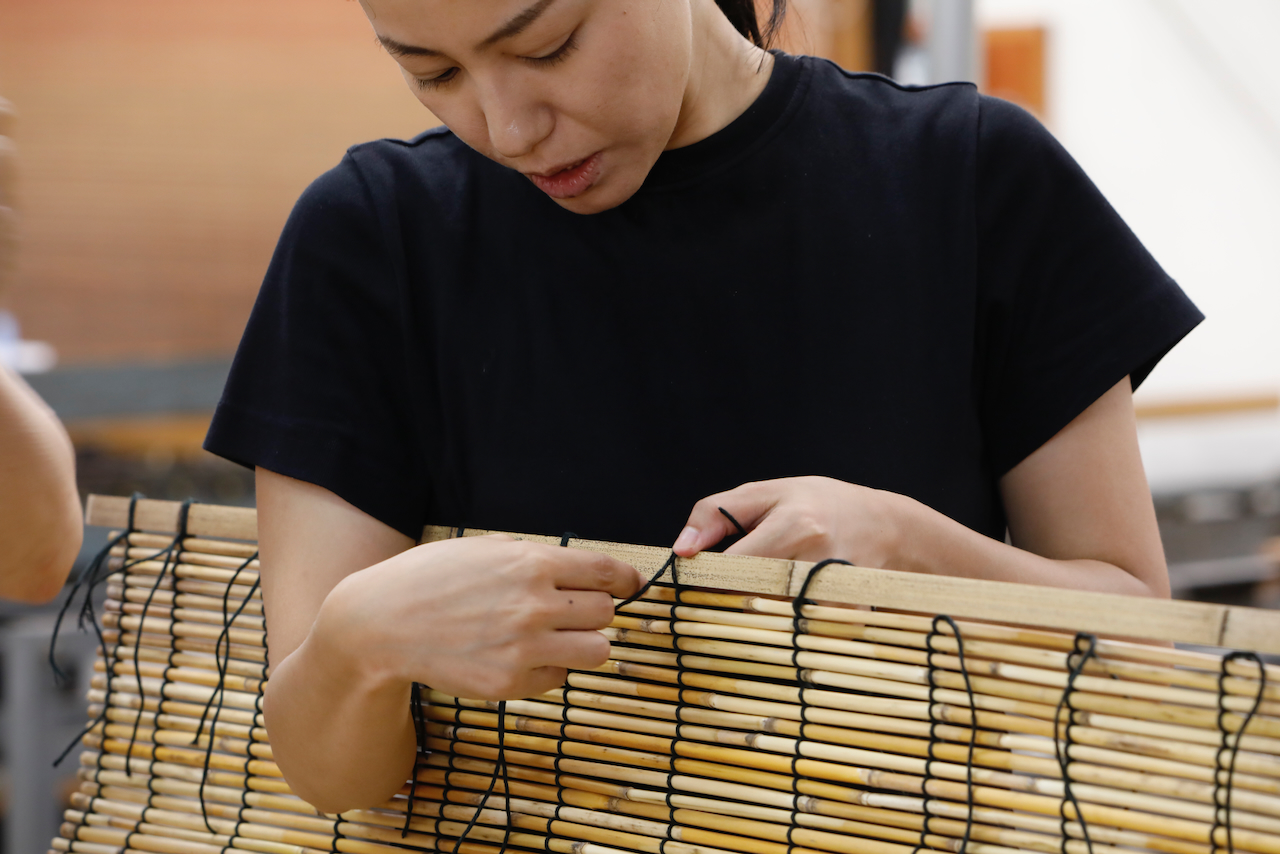
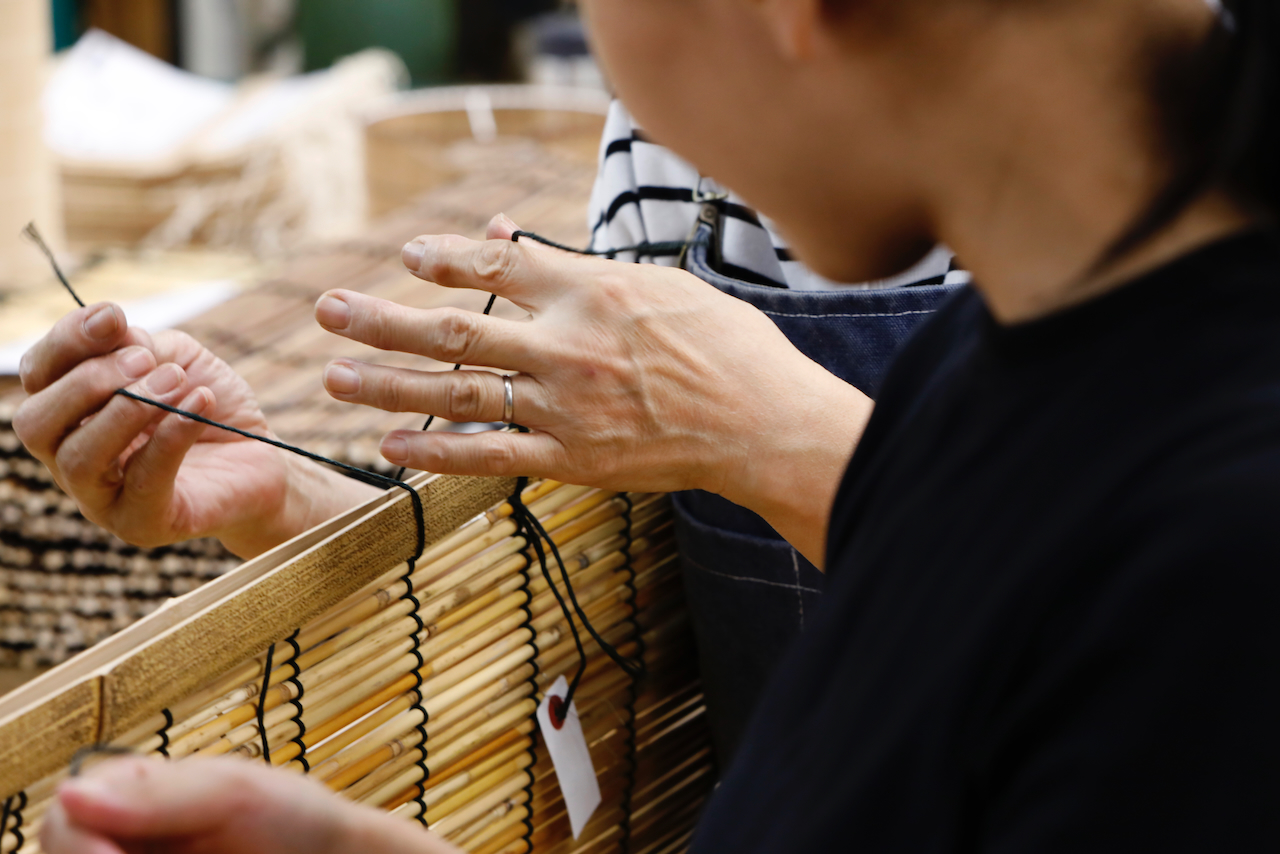
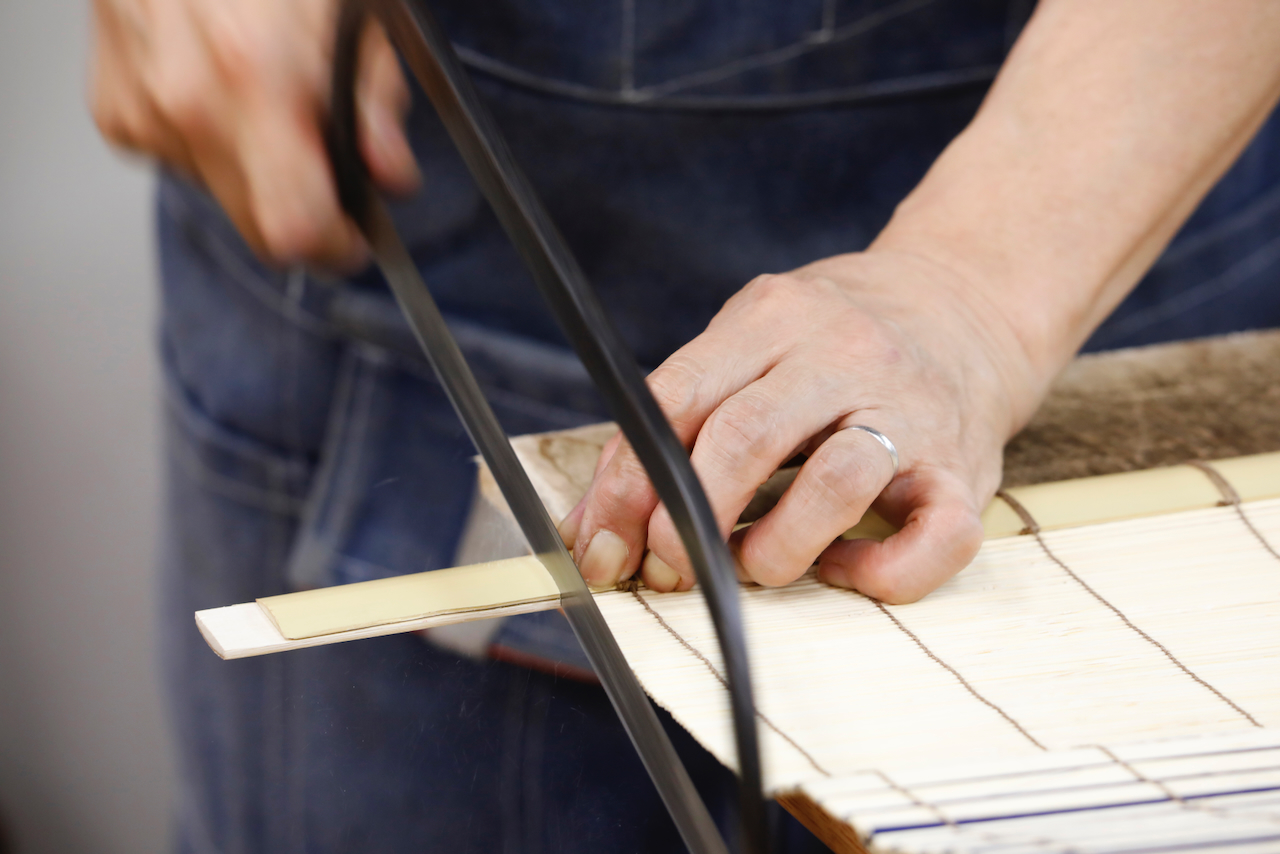
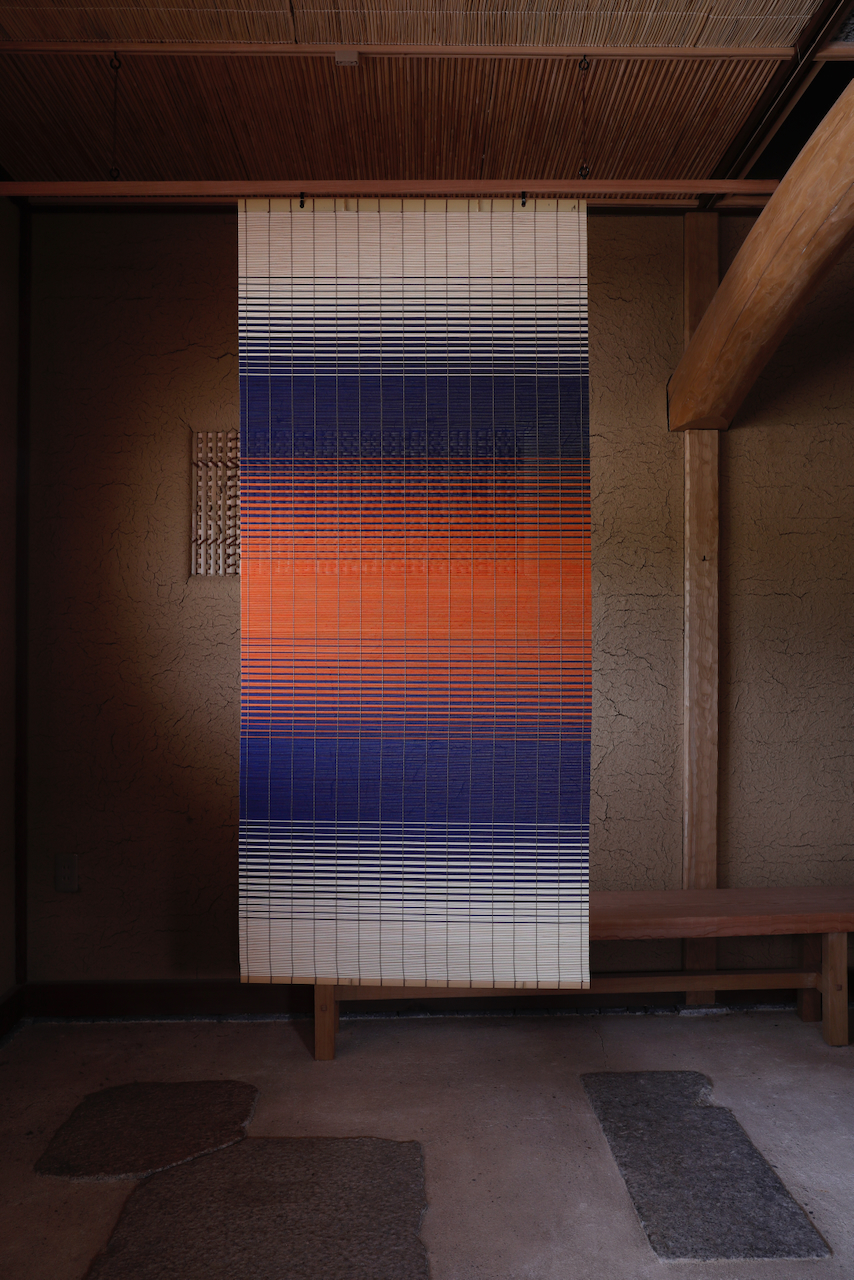
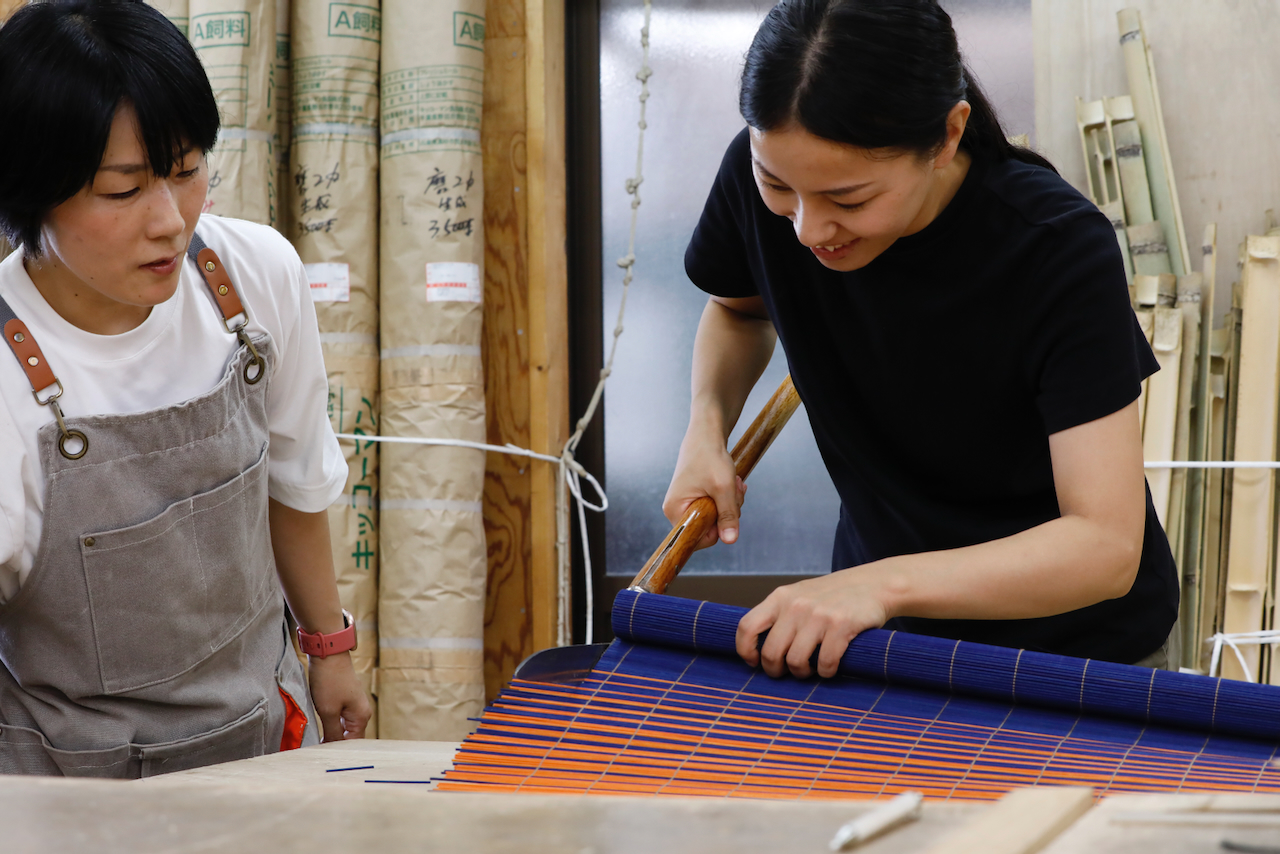
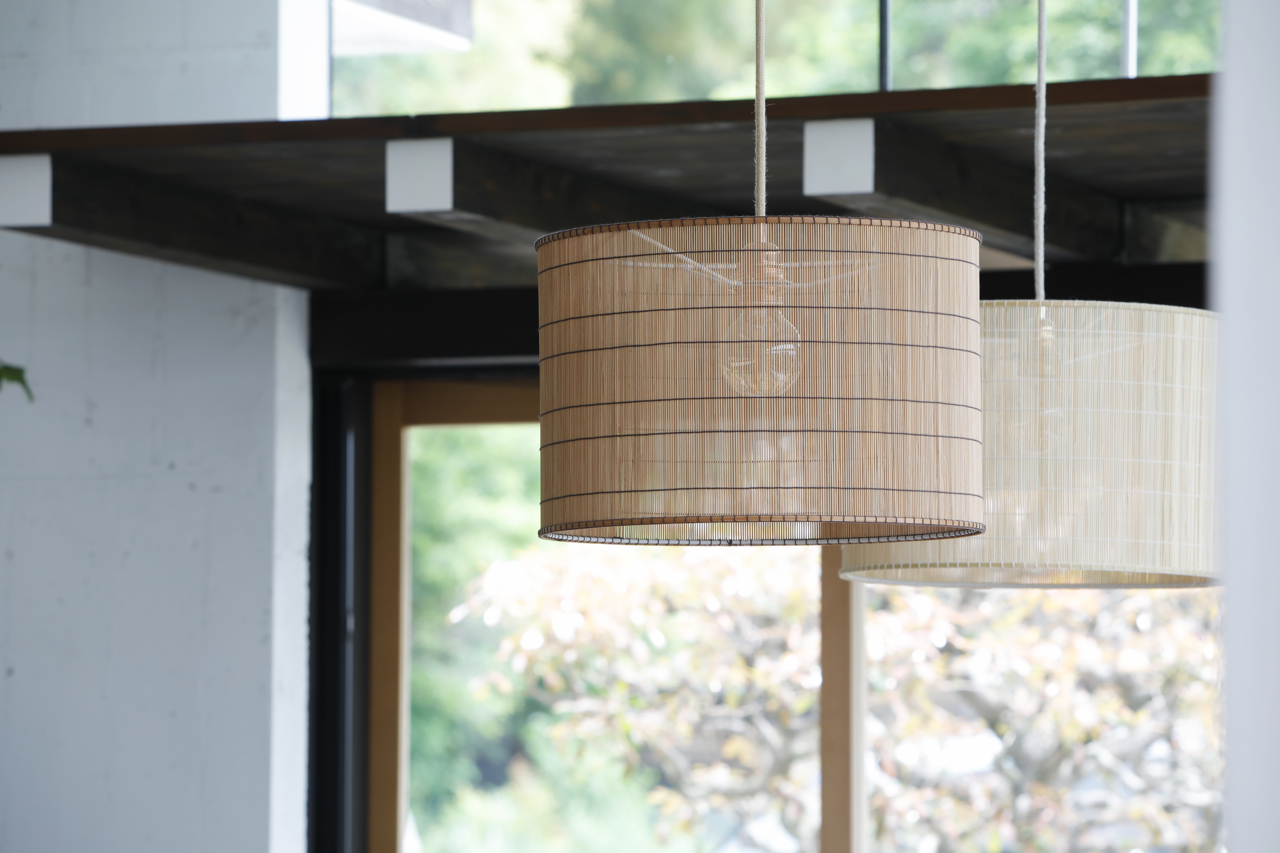
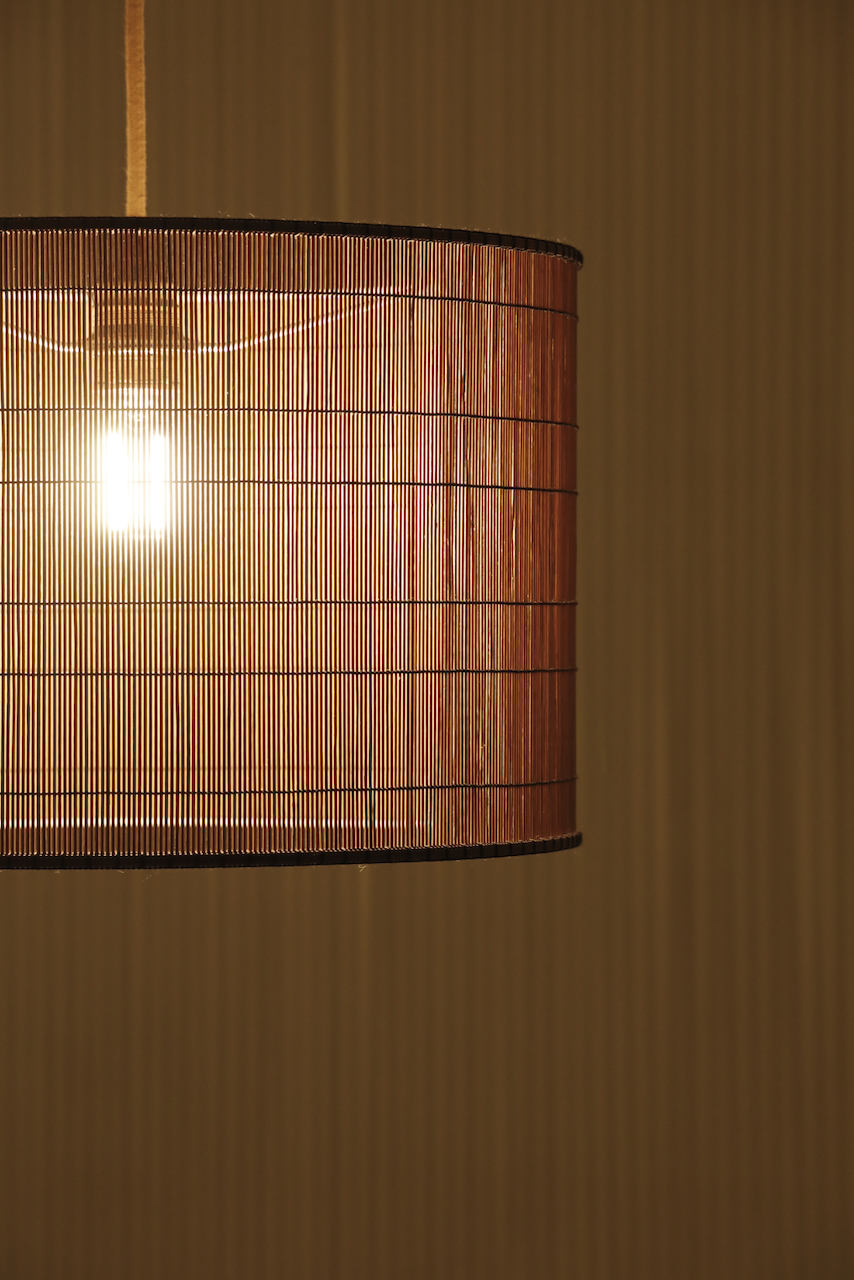
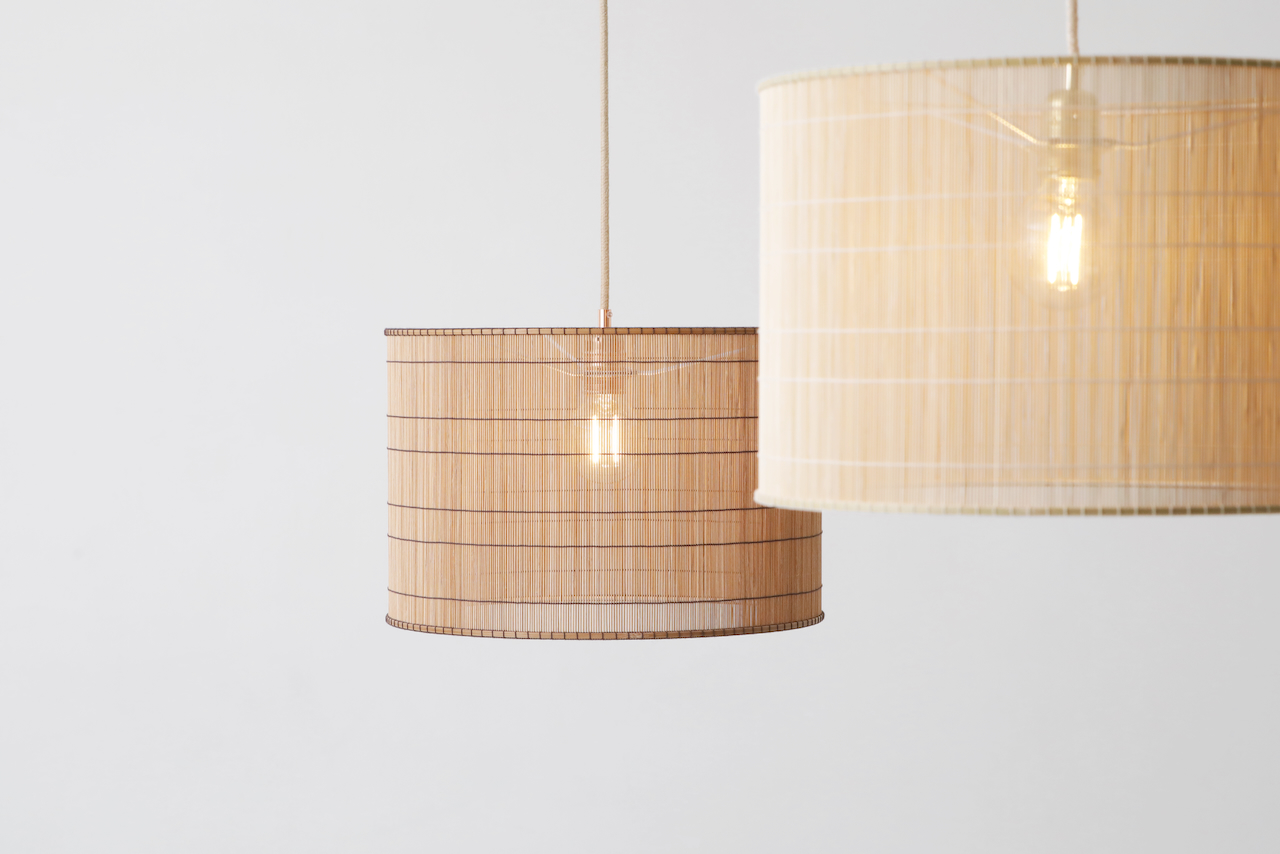
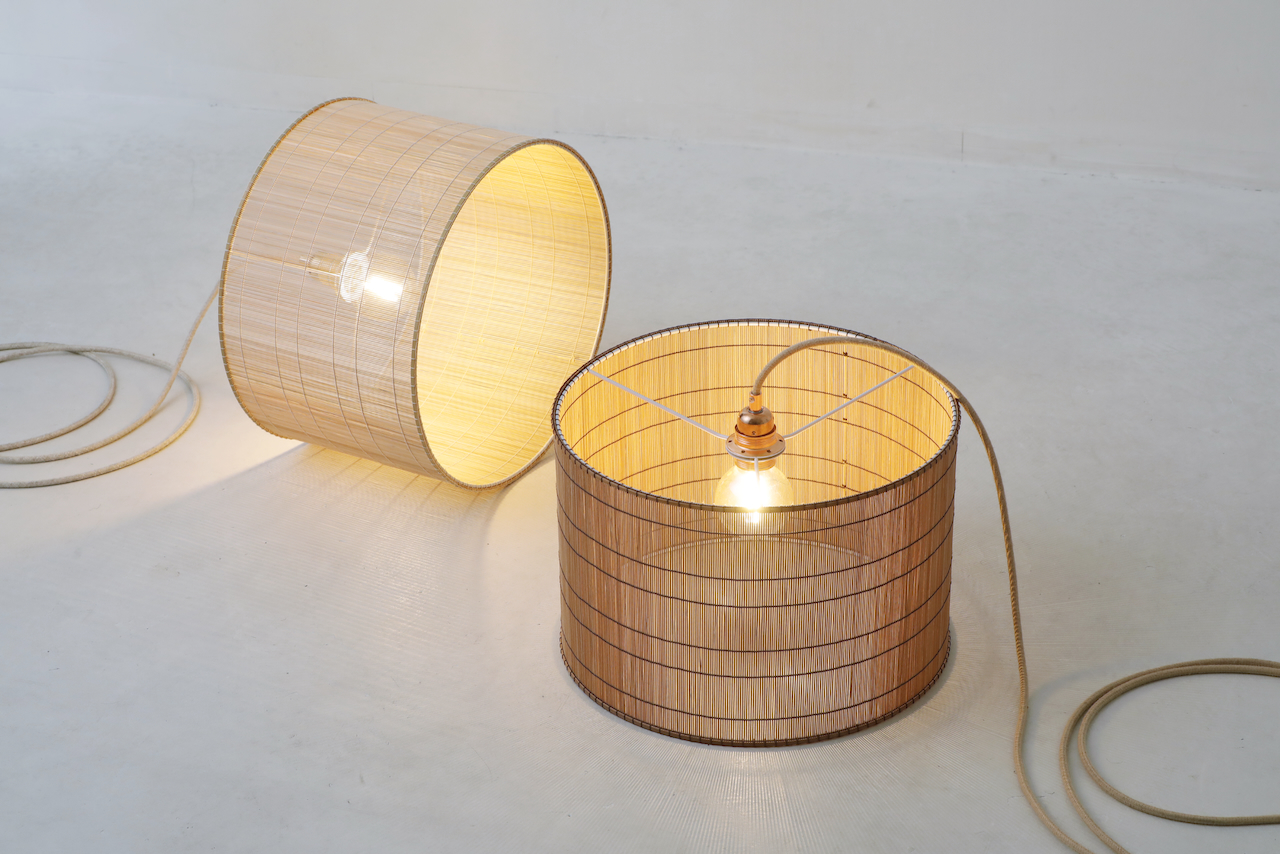
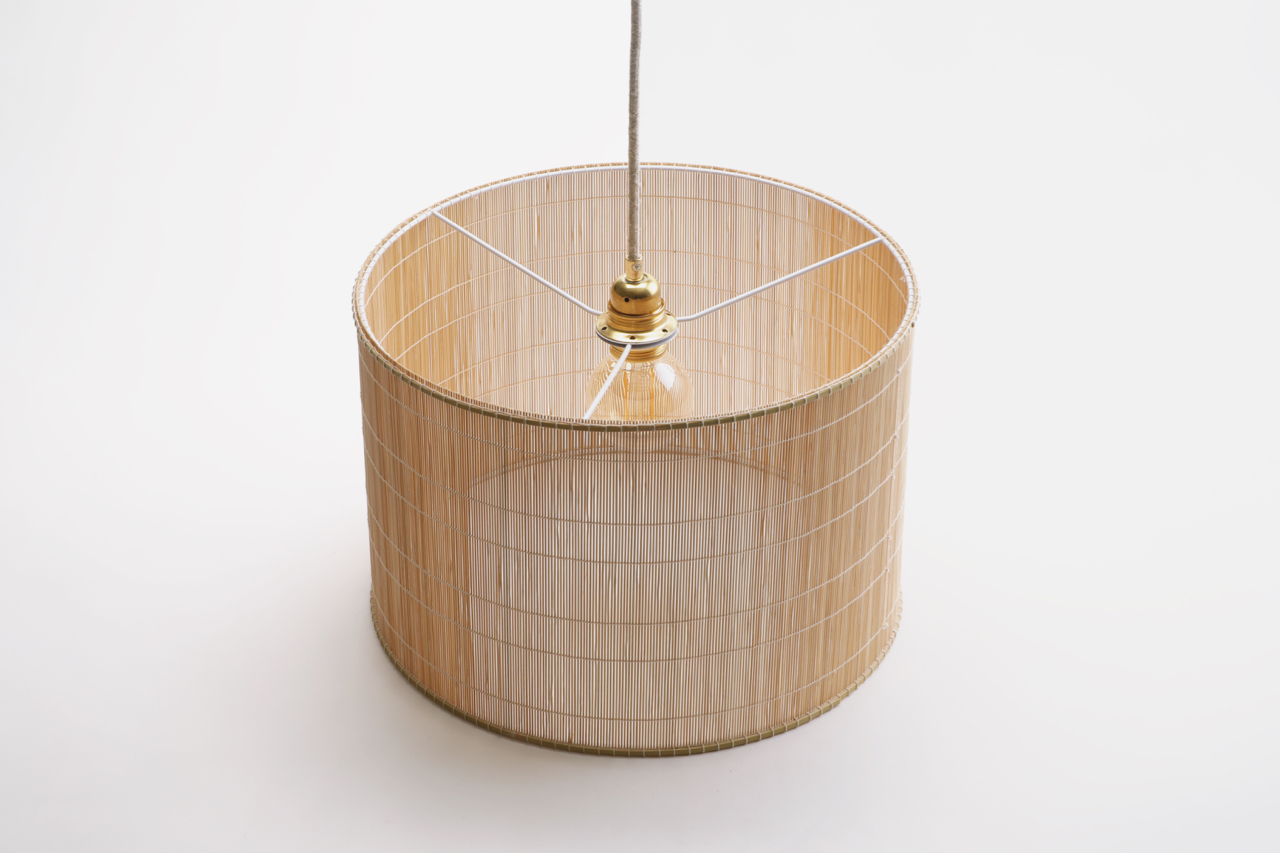
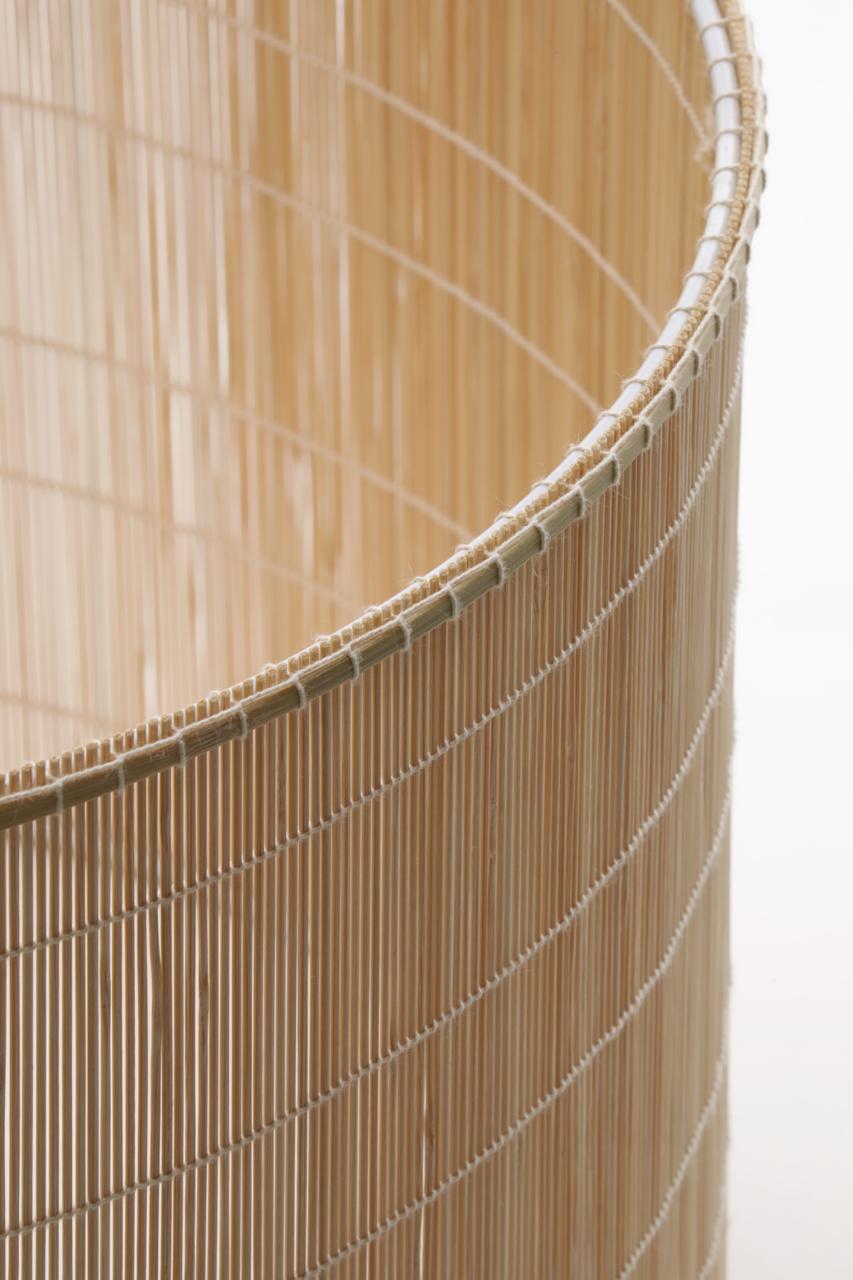

- Kyo-Sudare Kawasaki
- The company's founder, Otoji Kawasaki, started his own business in 1972 in Sagano, Ukyo-ku, Kyoto, after 11 years of apprenticeship at a long-established sudare shop in Kyoto City. In 1988, Kawasaki moved to his current location in Chiyogawa-cho, Kameoka, Kyoto. Exhibited at the UK design festival Tent London (2013) and others. Major awards include 'Kyoto Design Award' (2010, 2014 and 2016) and 'Kyoto Master Craftsperson (Excellent traditional craftsperson in Kyoto)' (2017).
Access

- Kameoka (30 mins. train ride & 10 mins. walk from Kyoto Station)
- JR Chiyokawa Station is accessible from Kyoto Station via 30 mins. / 510 JPY train ride

